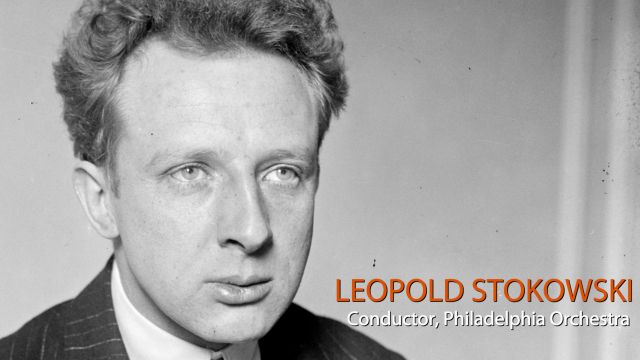The PG-13 Rating is a Clouded, Inconsistent, and Arbitrary Mess

Film and theatre critic Chris Klimek has a fascinating piece about the PG-13 rating over at The Dissolve. He explains the rating’s origins during the 1980s, its use and misuse throughout the past 30 years, and how such an arbitrary designation can have such a huge effect on the way movies are made today. It’s not a short piece by any stretch but Klimek’s writing has all the same effects as a well-paced thriller so it’s well worth the time investment. The basic gist of his argument can be summarized in the following excerpt:
“As nearly every other delivery system for culture or storytelling—from pop music to videogames to network TV dramas to the Internet—has grown more sophisticated and permissive in the decades since PG-13 was introduced, the rating’s ascendancy has only hardened America’s peculiar, specific strain of psychosis: Puritanism (and soft bigotry) about sex matched with shrugging acceptance of violent death.”
As Klimek writes, no body count alone will ever earn a film an R rating, yet a second occurrence of the word “fuck” earns a Restricted label quicker than you can say “Hays Code.” The MPAA operates as a secret cabal of puritanical censors who apparently have no regard for fairness or consistency. Gay themes almost always earn more restricted ratings even when sex isn’t implied. When Harry Met Sally famously earned an R for Meg Ryan’s fake orgasm in the middle of Katz’s Deli.
“Meanwhile, every film about the homicidal, alcoholic, sex addict James Bond released since Licence To Kill in 1989 has carried a PG-13 rating.”
Outside of their odd and cloudy standards, the MPAA’s use of the PG-13 rating has ushered in an era of artistic conservatism. Studios assume that they’ll never be able to score a big hit with an R rated movie so they pull punches with their blockbusters in order to fit within the cloudy pocket of PG-13. Klimek notes that in 1987 seven of the top 10 grossing films were rated R. This year, eight of the top 10 are PG-13 with the other two being PG releases. It would be unthinkable today to see a film like 1988’s Rain Man be Hollywood’s biggest hit. Perhaps our society has changed in a way so that we’re no longer as interested in those types of movies, but Klimek feels the odd and invisible walls of PG-13 is a major factor either way.
For more about the history and failures of the PG-13 rating, I recommend taking a look at the full piece (linked again below).
Read more at The Dissolve
Photo credit: BlueSkyImage / Shutterstock





